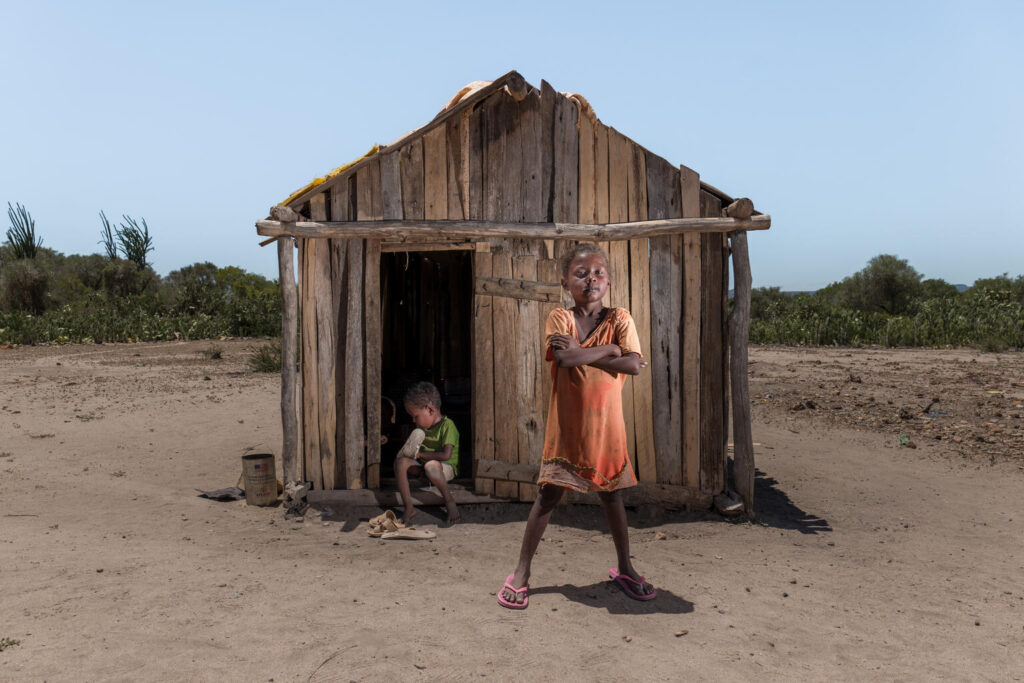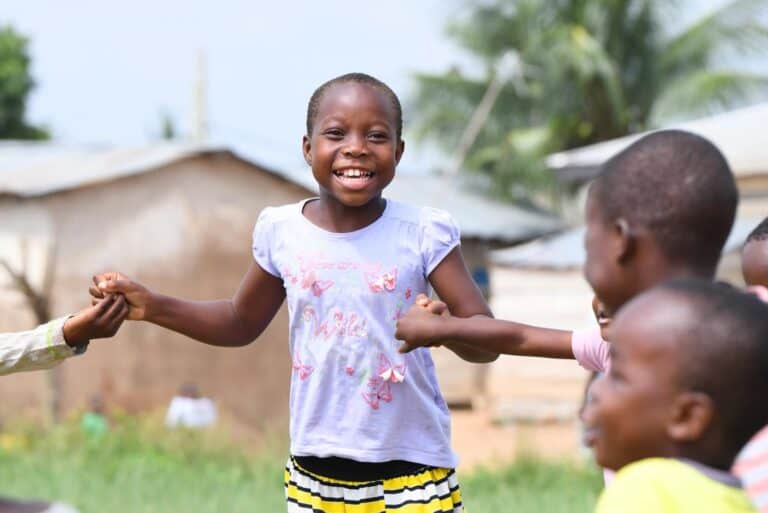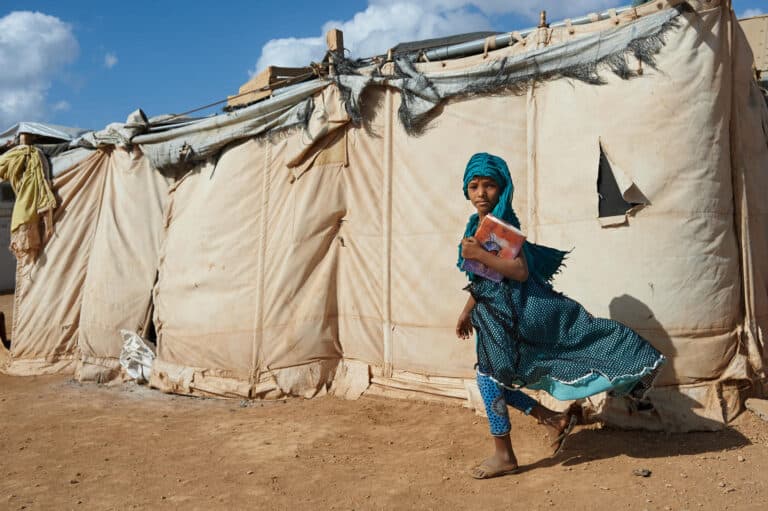Latest data from the World Health Organization (WHO) show that the COVID-19 pandemic resulted in disruptions to key malaria prevention, diagnosis, and treatment services across endemic countries in 2020 and contributed to an increase in malaria cases and deaths.
According to the World Malaria Report, an estimated 241 million cases of malaria in 2020 led to about 627,000 deaths, of which about 480,000 (80 per cent) were among children under age 5. These figures translate into approximately 14 million more malaria cases and 69,000 more deaths than in 2019. About two thirds (47,000) of the additional deaths were attributable to COVID-19-related disruptions to malaria services[i].
Countries and their partners made strong efforts to ensure continuity of malaria services during the pandemic. Almost three fourths (72 per cent) of insecticide-treated mosquito nets, which provide a protective barrier from the mosquitos that transmit malaria, were distributed in 2020 as planned in countries where the disease is widespread[ii]. Over the course of 2020 and 2021, UNICEF supported the procurement of nearly 60 million nets and the delivery of essential malaria services, especially at the community level, to help lessen the projected impact of COVID-19[iii]. In addition, about 11.8 million more children in the Sahel subregion of Africa were reached with preventive antimalarial medicines in 2020 as compared to the previous year[iv].
However, global progress against malaria continues to plateau. Since 2015, reductions in the number of malaria cases and deaths have largely stalled in countries with moderate or high rates of disease transmission. Moreover, revised calculations by the WHO indicate that malaria claims the lives of many more children than once thought. Previous estimates suggested that malaria caused about 1 in 20 deaths globally among children under age 5 in 2019. The revised figures show that the disease caused twice that amount – almost 1 in 10 child deaths – a statistic that translates into one child dying every minute from malaria[v].
In addition to COVID-19 related service disruptions, climate change and increases in temperature, rainfall and humidity are leading to the expansion of malaria-carrying mosquitoes into new geographic areas, exposing more children to the risk of malaria transmission.
To accelerate progress and to protect children against malaria, it is critical that countries and their partners intensify efforts to prevent, diagnose and treat this disease in children and their families. Continued innovations and breakthroughs in malaria prevention and diagnosis are also needed to accelerate malaria control efforts. In late 2021, one such breakthrough was announced with the approval of the new malaria vaccine (RTS,S). UNICEF will help to roll out this critical new malaria prevention tool to get the world back on track to #endmalariaforgood.
Additional World Malaria Day 2022 resources:
WHO press release: Over 1 million African children protected by first malaria vaccine
Footnotes
[i] World malaria report 2021. Geneva: World Health Organization; 2021. Licence: CC BY-NC-SA 3.0 IGO. https://www.who.int/publications/i/item/9789240040496.
[ii] Malaria’s deadly toll, greatest on African children, heightens urgency to do more to end the preventable disease. Rolling Back Malaria Partnership; 6 Dec 2021. https://endmalaria.org/news/malaria%E2%80%99s-deadly-toll-greatest-african-children-heightens-urgency-do-more-end-preventable
[iii] UNICEF Supply Division.
[iv] World malaria report 2021
[v] World malaria report 2021



